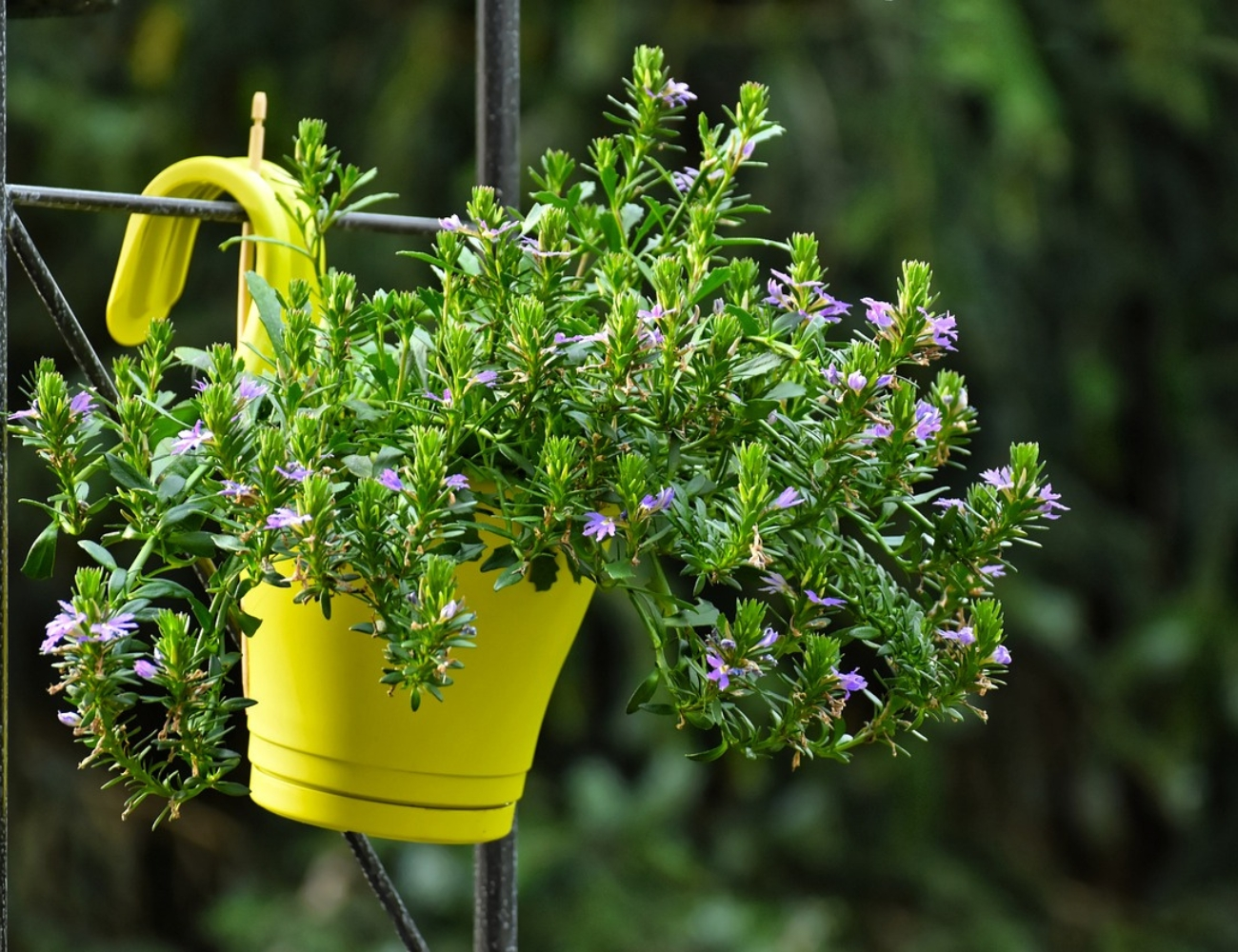Indoor plants serve as more than mere decorative elements; they are living organisms that contribute to the well-being of both your space and your health. In this comprehensive guide, we delve into the science behind indoor plants, explore the criteria for selecting the right ones, and highlight the top five essential indoor plants that promise not just aesthetic appeal but also significant health benefits.
 Introduction
Introduction
Significance of Indoor Plants
Indoor plants have become synonymous with a harmonious living environment, but their value extends beyond aesthetics. They play a vital role in improving air quality, reducing stress, and promoting overall well-being.
The Intersection of Aesthetics and Health
The synergy between a visually appealing space and a healthy one is where indoor plants shine. Understanding the science behind their benefits allows us to make informed choices for a truly balanced indoor lifestyle.
 The Science Behind Indoor Plants
The Science Behind Indoor Plants
Photosynthesis and Air Purification
Plants engage in photosynthesis, converting carbon dioxide into oxygen, a process that significantly contributes to indoor air purification. This natural mechanism helps eliminate pollutants and enhances the quality of the air we breathe.
 Role of Indoor Plants in Humidity Control
Role of Indoor Plants in Humidity Control
Indoor plants are also influencesinfluence humidity levels by releasing water vapor during transpiration. This dual functionality creates an environment that is not only cleaner but also more comfortable.
 Choosing the Right Indoor Plants
Choosing the Right Indoor Plants
Consideration of Light Conditions
Selecting indoor plants that match the lighting conditions of your space is crucial. Understanding the light requirements of different plants ensures their optimal growth and longevity.
Low-Maintenance Options for Beginners
For those new to indoor gardening, opting for low-maintenance plants is a smart choice. These plants not only survive but thrive with minimal care, making them perfect for beginners.
Top 5 Essential Indoor Plants
 Peace Lily (Spathiphyllum)
Peace Lily (Spathiphyllum)
Air-Purifying Properties
The Peace Lily is renowned for its ability to remove common indoor pollutants, such as benzene and formaldehyde. Its lush foliage and elegant white blooms add a touch 4of sophistication to any space.
Ideal Placement and Care
Place the Peace Lily in low to moderate light and keep the soil consistently moist. Regular pruning and occasional fertilization contribute to its overall health.
 Snake Plant (Sansevieria)
Snake Plant (Sansevieria)
Oxygen Production at Night
The Snake Plant is unique as it releases oxygen at night, making it an excellent choice for bedrooms. Its sturdy, upright leaves thrive in indirect light and can tolerate infrequent watering.
Adaptability to Low Light
This plant is exceptionally adaptive and can survive in low light conditions, making it perfect for offices or rooms with minimal sunlight exposure.
 Spider Plant (Chlorophytum comosum)
Spider Plant (Chlorophytum comosum)
Airborne Toxin Removal
The Spider Plant excels at removing airborne toxins like formaldehyde and xylene. Its arching leaves create a cascading effect, making it an attractive choice for hanging displays.
Suitable for Hanging or Potted Display
Whether suspended in a hanging planter or showcased in a pot, the Spider Plant's versatility allows for creative placement. Ensure well-draining soil and moderate sunlight for optimal growth.
 Aloe Vera
Aloe Vera
Medicinal Benefits
Beyond its aesthetic appeal, Aloe Vera offers various medicinal benefits. The gel within its leaves has soothing properties, making it a natural remedy for skin irritations and burns.
Sunlight and Watering Requirements
Aloe Vera thrives in bright, indirect light and prefers well-draining soil. Allow the soil to dry out between waterings to prevent root rot.
 Ficus Elastica (Rubber Plant)
Ficus Elastica (Rubber Plant)
Effective Against Indoor Pollutants
The Rubber Plant is highly effective in combatting indoor pollutants, including formaldehyde. Its broad, dark-green leaves add a touch of elegance to any room.
Maintenance Tips for Optimal Growth
Maintain the Rubber Plant in bright, indirect light and water when the top inch of soil feels dry. Regular dusting of the leaves ensures proper photosynthesis.
Enhancing Indoor Air Quality
The Impact of Indoor Air Pollution
Indoor air pollution is a pressing concern, given our increasing indoor lifestyles. Understanding the role of indoor plants in combating pollutants highlights their crucial contribution to a healthier living environment.
 Indoor Plants as Natural Air Filters
Indoor Plants as Natural Air Filters
Indoor plants act as natural air filters, absorbing pollutants and releasing oxygen. This process creates a symbiotic relationship, where plants thrive, and occupants enjoy cleaner, fresher air.
Wellness Benefits of Indoor Plants
Stress Reduction and Improved Mood
Studies have consistently shown that the presence of indoor plants reduces stress and enhances mood. Their calming effect contributes to a more relaxed and enjoyable living space.
Increased Productivity in Indoor Spaces
Indoor plants have been linked to increased productivity and concentration. Their presence fosters a positive environment, making them valuable additions to home offices and workspaces.
Tips for Caring and Maintenance
Watering Schedule and Techniques
Establishing a consistent watering schedule is crucial for indoor plant care. Understanding the specific needs of each plant and employing proper watering techniques contribute to their overall health.
If you have any more queries related to your home renovation do let us know in the comment section and we will come with the dedicated blog related to the query. Thank you for reading, follow us to keep updated with our new posts.
To get daily updates from InteriorDesignWala connect with us at:
Facebook | Pinterest | Instagram | Twitter
